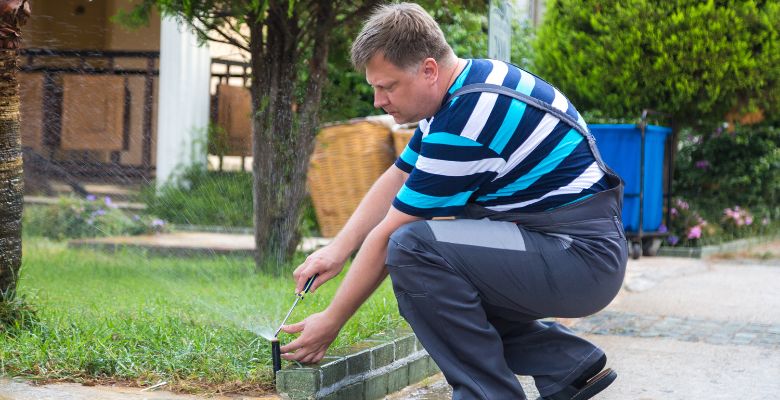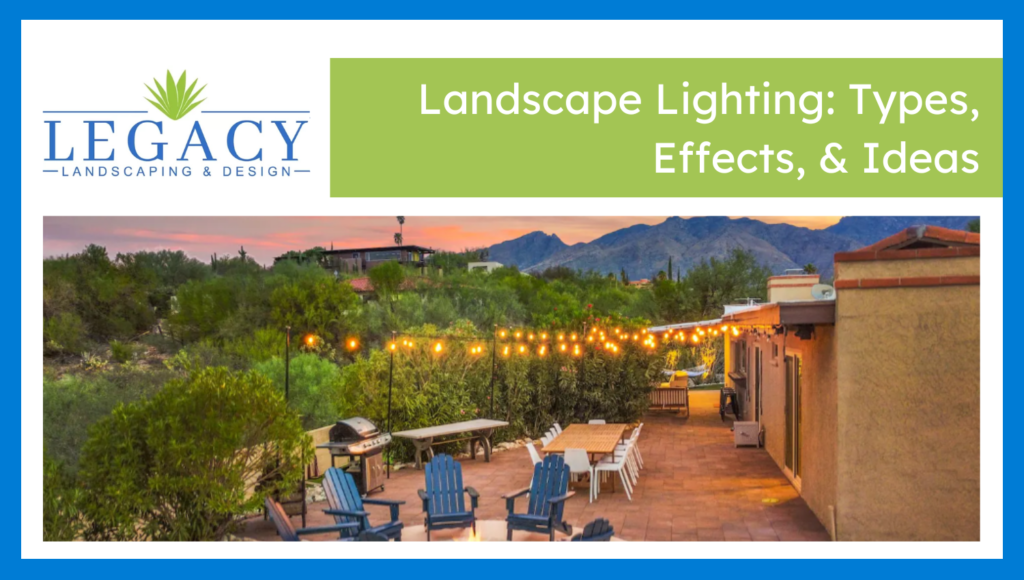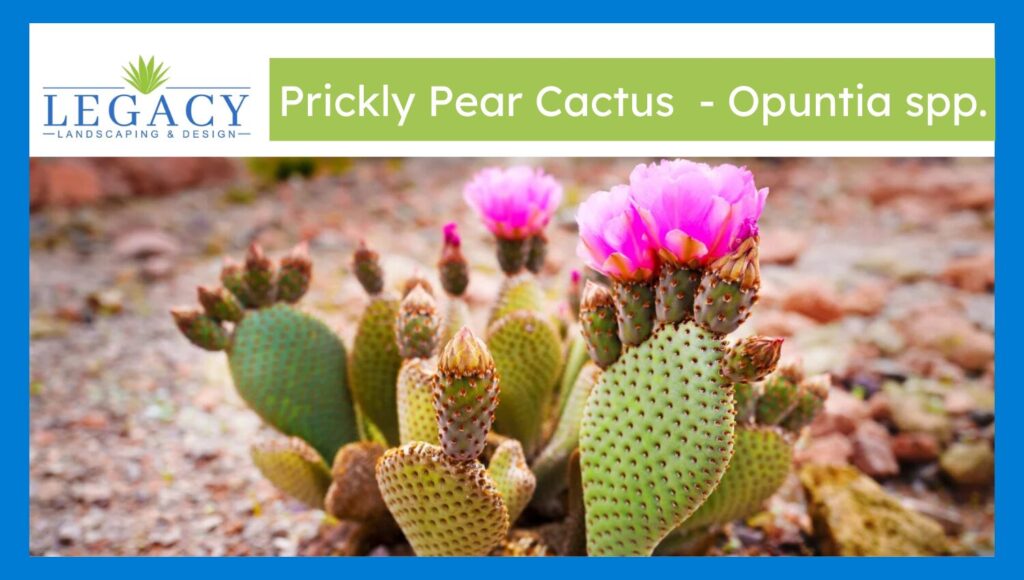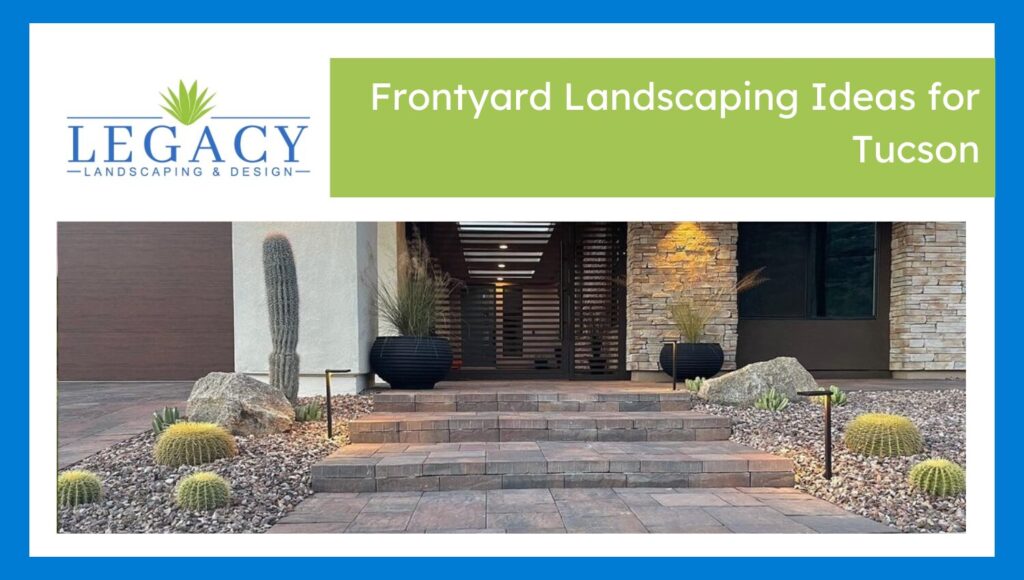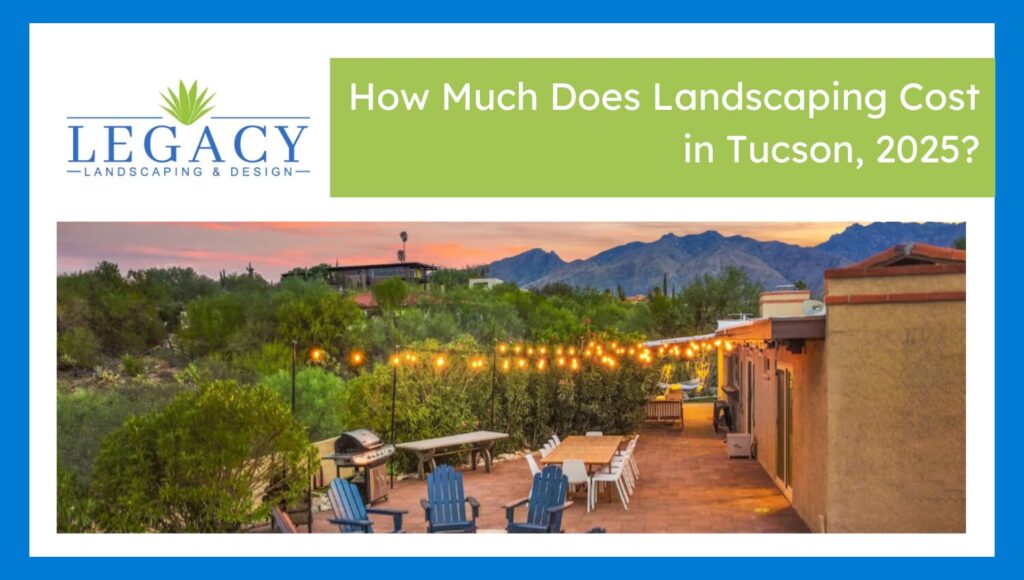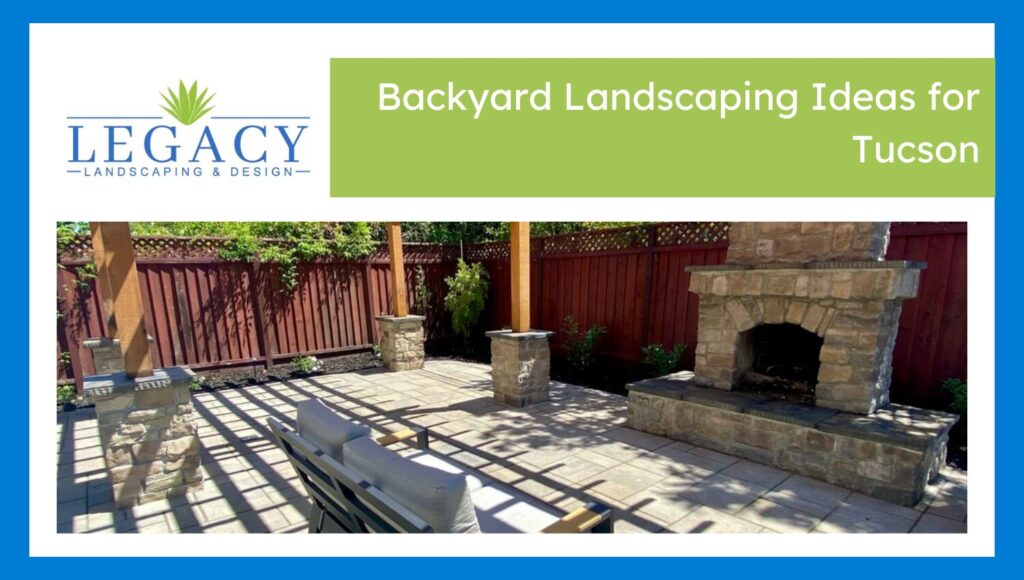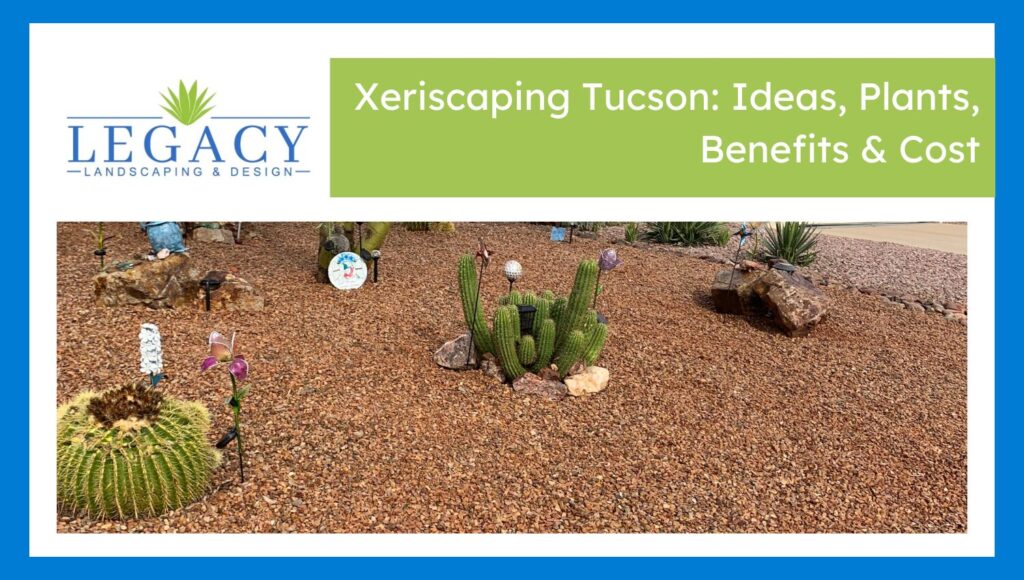Consider Regular Lawn Irrigation System Repair and Maintenance for Consistent Performance
Table of Contents Irrigation systems help maintain efficiency and uniformity in lawns and landscapes. Planning, installing, and maintaining these systems is crucial. You can connect with a reliable service to ensure enhanced performance. TL;DR: Regular Irrigation System Repair and Maintenance Consulting professionals can help make a difference. Find a fitting irrigation system for your lawn with the help of experts. Check water supplies regularly to identify discrepancies. Replace damaged parts when essential. Seasonal upkeep can prepare the irrigation system for upcoming changes. Every lawn is the result of continuous care and effort. People try, make mistakes, learn from those errors, and finally find the right technique to maintain their lawns. However, even after years, they may not discover the entire truth. They still need solutions to bring efficiency into the process. For instance, each plant and tree needs watering at different levels. Over and underwatering concerns can be tricky. In such cases, installing a constant irrigation system in lawns can work. Along with installation, you may need irrigation system repair Tucson and maintenance services. What type of irrigation system will work for your lawn? Irrigation systems are no longer the same. They can vary according to your lawn’s requirements. For instance, you can get sprinkler systems that water every part of the lawn without creating any mess. Alternatively, you can opt for the drip emitter technology, which works exceptionally well. If you are unaware of the right option, you can consult specialists. They will evaluate your lawn and landscape to recommend a fitting solution, along with irrigation system repair Tucson practices. What do you need to upkeep these systems? Irrigation systems in your lawn ensure that vegetation is watered appropriately every time. The uniformity and evenness this system brings are phenomenal. You can connect with professional lawn and landscaping services to learn more about these systems. Along with this, you can rely on these companies for regular maintenance. Checking Water Supplies: Clogging, build-up, dirt accumulation, etc., can hinder water supplies. Irrigation systems in your lawn may fail to work efficiently in such situations. You can call professionals to unclog pipes and inspect the drip and sprinkler heads for optimal performance. Replacing Damaged Parts: Water and other climatic conditions can lead to partial damage. Rusting can be a reason for system inefficiency. Replacing these parts promptly is essential to prevent severe damage. Landscape and lawn services can help you inspect these parts and determine if they need replacement. Seasonal Tune-Ups: Every season is a new beginning, even for your lawn’s irrigation systems. It is crucial to prepare these systems to withstand seasonal exposures and operate accurately. Therefore, you need these irrigation system repair Tucson services. Conclusion: Every lawn and landscape needs a suitable irrigation system. To keep it working like new, regular maintenance is crucial. So, stay in touch with an irrigation repair service. Legacy Landscaping & Design offers incredible services. It can better identify your irrigation systems and their repair requirements. So, call it now!

